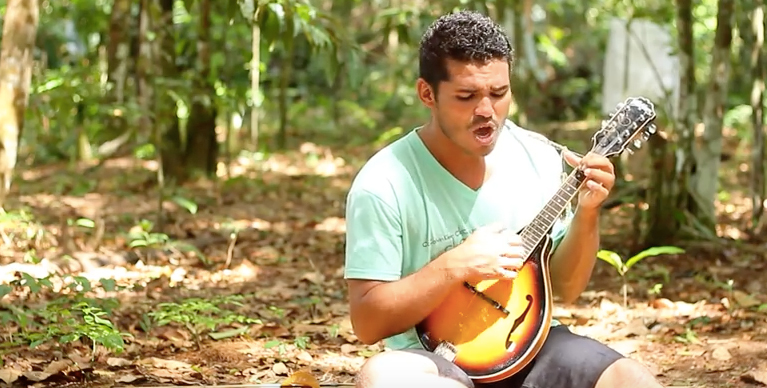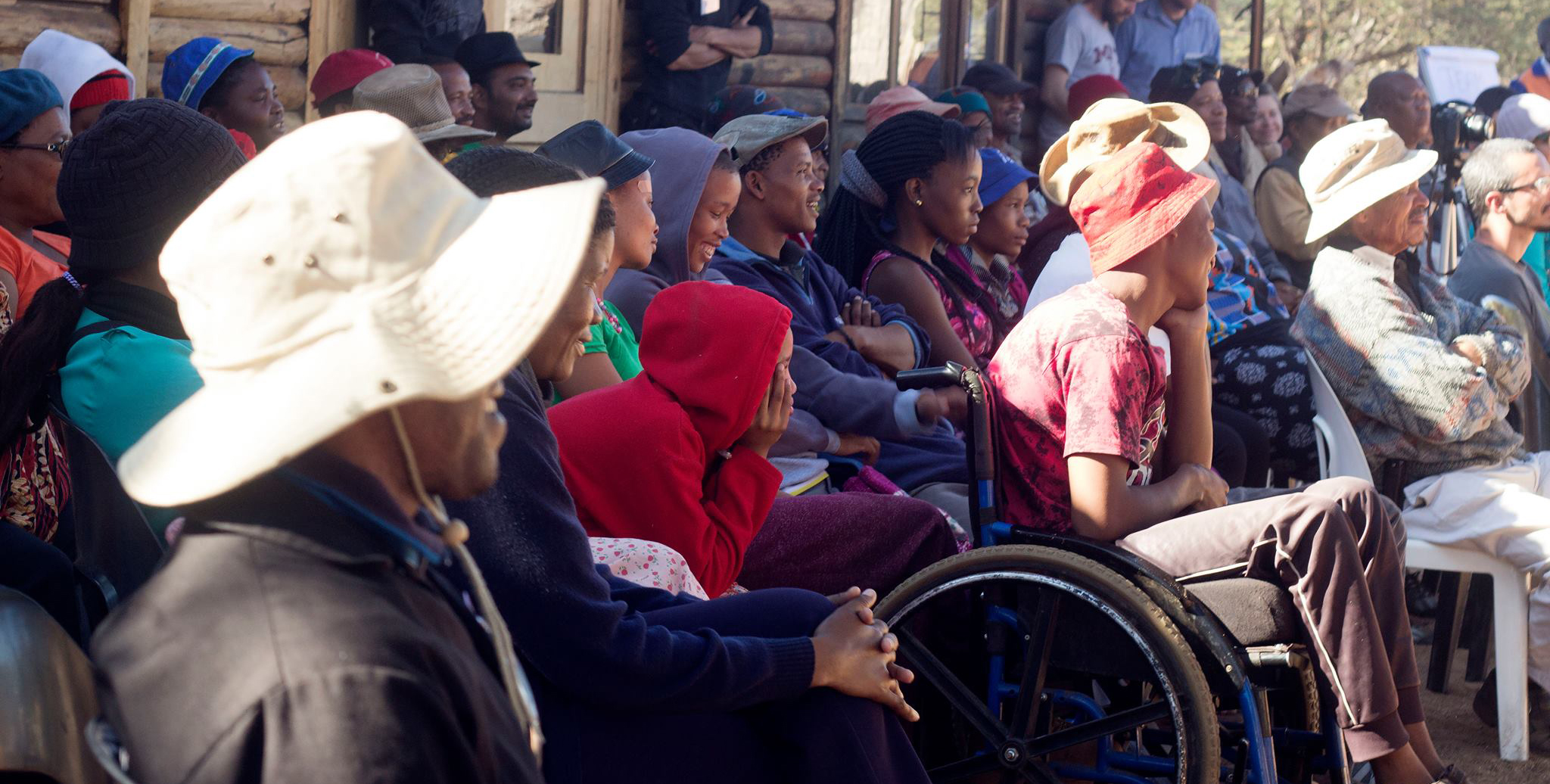Problem-Solving, Partnership & Prototypes: A Reflection on IDDS Zero Waste in Cali, Colombia

You can view more photos from IDDS Zero Waste on our Facebook page!
Everyone gathers after breakfast to give thanks, work through problems, and hear anuncios at morning circle. A lot can change over the course of 24 hours at an International Development Design Summit (IDDS), and this morning ritual is a way to touch base before splitting back into teams to spend the rest of the day (and often much of the night) working on prototypes. As people thank God and each other for allowing them to be in this place with these people, they express hope that their efforts will last beyond the two-week event to create real change in communities and individuals, starting with themselves.
The IDDS Zero Waste in Cali, Colombia had all the potential to do just that, by including participants from target communities and partnering with strong local partners including the Universidad del Valle and DAGMA, the local government branch in charge of environmental issues. About 70% of those who participated in the summit are Colombian, and about one-third of the Colombian participants are recyclers from local communities. Of the participants who came from countries around the world, including Guatemala, Honduras, Nicaragua, Costa Rica, Brazil, the United States, Peru, Germany, and India, several are recyclers or work with recyclers, while others are designers, engineers, and environmental specialists.
This group from diverse backgrounds spent two weeks learning about the design cycle, visiting communities, and co-creating prototypes to address waste management issues in Cali. The summit concluded last Sunday, June 28th, by bringing these prototypes to a public park, where community members and the general public were invited to interact with the work. A cardboard “mind map” of the waste cycle in the city helped to place the projects in context, showing where they fit into the system of collection and transformation of waste to be used by individual recyclers, associations of recyclers, larger collection centers, and/or transformation centers.
You can read about each of the prototypes below:
A New Way to Transport Waste
Recyclers need ways to transport the materials they gather back to collection centers. Some carry everything on their backs, others push rickety carts, and those with a few more resources use horse and buggies. There is a shift happening throughout Colombia to replace horses with small trash trucks, as using horses for this work is now illegal, but issues of financing and lack of follow through are slowing the process.
One team created a prototype of an improved cart with several amenities based on user feedback to make recyclers’ work easier. This cart has brakes, handles that make it smoother to push and pull, and a tarp attached to cover the collected recyclables when it rains. It also includes a smaller cart that can be stored underneath to transport heavy materials to the large cart when recyclers are out collecting at sites.
PET Bottle Processing
Individual recyclers spend their days gathering used plastics and other recyclable waste materials and bringing them to collection centers, where some are purchased, but others are turned away. Different centers accept different types of products, and prices vary depending on the quantity of materials coming in. This makes the already hard work even more difficult, as recyclers often don’t know what price they’ll be given for the materials they’ve collected, and don’t know which will be accepted and which won’t.
The PET team created a strategy for better communication between recyclers and their clients – the collection centers – to show which materials are being accepted on a given day by classifying bottles on a magnetic board that can be moved around to reflect changes from day-to-day.
Improved Technology for Waste Management in Transfer Centers
Workers in transfer centers might spend over eight hours a day sorting through plastics, bending over mountains of bottles to separate materials. Seeking to improve systems for better efficiency and comfort, this team designed a ramp for bottles to slide down, with rollers to compact them at the bottom. The worker sits or stands comfortably to separate the compacted bottles. Compacting these bottles is valuable in two aspects: it reduces the volume, making them easier to transport, and is also a value-add, as compacted bottles are bought for a higher price than non-compacted bottles at the next level in the recycling process.
Reusing Rubble
Building materials can be made from paper, cardboard, plastic, rubble, and other recyclables. This team experimented with different mixtures of these materials to find the combination that could produce bricks with the highest durability at the lowest cost, while recycling waste. Construction waste is plentiful in and around Cali, so resources like crumbled brick and concrete are easy to obtain and just waiting to be transformed into something useful.
Plastic Extruder
3-D printers offer opportunities to create products cheaply and accessibly (e.g. prosthetics). The plastic that is used in 3-D printers offers a great opportunity as well – to use recyclables instead of creating new materials for 3-D printing. This team created a prototype of an extruder to transform chopped up pieces of used plastic into the strips that 3-D printers need to produce new products.
Organic Waste and Compost Education
Two teams combined forces to create a collection of prototypes to deal with organic waste at the household level, including a “Plato Pelao” (“Clean Your Plate”) campaign to educate about the importance of recycling organic waste and composting. The team created two different grinders – one hand-powered and one bicycle-powered – to break down organic waste and expedite the composting process. They also made a model kitchen counter with a built-in separator for organic waste, complete with a cutting board and an area for utensils and cooking tools, to make separating organic waste easy and natural while working with foods in the kitchen.
Parque Basura Cero (Zero Waste Park)
Changing perceptions about recyclers will require public education and a new space for interactions between people of different backgrounds. This team started out with the task of using cardboard to make furniture, but transformed that project into a plan for an aesthetically pleasing public space where recyclers can rest and get some shade, with furniture and installations all made from recycled materials. The space will also raise awareness through games and its inviting atmosphere.
At the close of the summit, over 65% of participants stated that they would continue to work on their prototypes, hoping to improve them and put them into action. Over 75% of participants expressed interest in leading another summit. Cali’s IDDS Zero Waste 2015 is just the beginning!
Laura Lehman is a 2015 IDDS Monitoring and Evaluation Fellow, who attended IDDS Zero Waste, and will also attend IDDS D’Kar to help IDIN track, measure, and learn from this year’s design summit.






